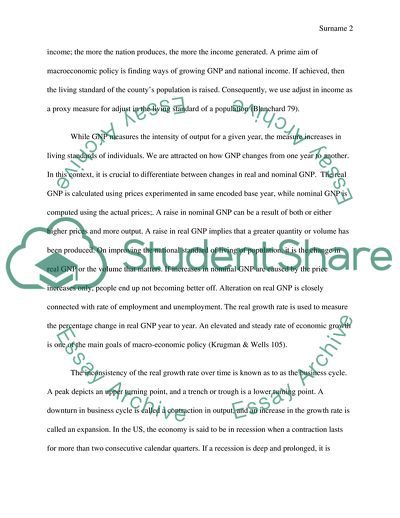Cite this document
(Macroeconomics Essay Example | Topics and Well Written Essays - 1500 words - 7, n.d.)
Macroeconomics Essay Example | Topics and Well Written Essays - 1500 words - 7. https://studentshare.org/macro-microeconomics/1762985-macroeconomics
Macroeconomics Essay Example | Topics and Well Written Essays - 1500 words - 7. https://studentshare.org/macro-microeconomics/1762985-macroeconomics
(Macroeconomics Essay Example | Topics and Well Written Essays - 1500 Words - 7)
Macroeconomics Essay Example | Topics and Well Written Essays - 1500 Words - 7. https://studentshare.org/macro-microeconomics/1762985-macroeconomics.
Macroeconomics Essay Example | Topics and Well Written Essays - 1500 Words - 7. https://studentshare.org/macro-microeconomics/1762985-macroeconomics.
“Macroeconomics Essay Example | Topics and Well Written Essays - 1500 Words - 7”. https://studentshare.org/macro-microeconomics/1762985-macroeconomics.


